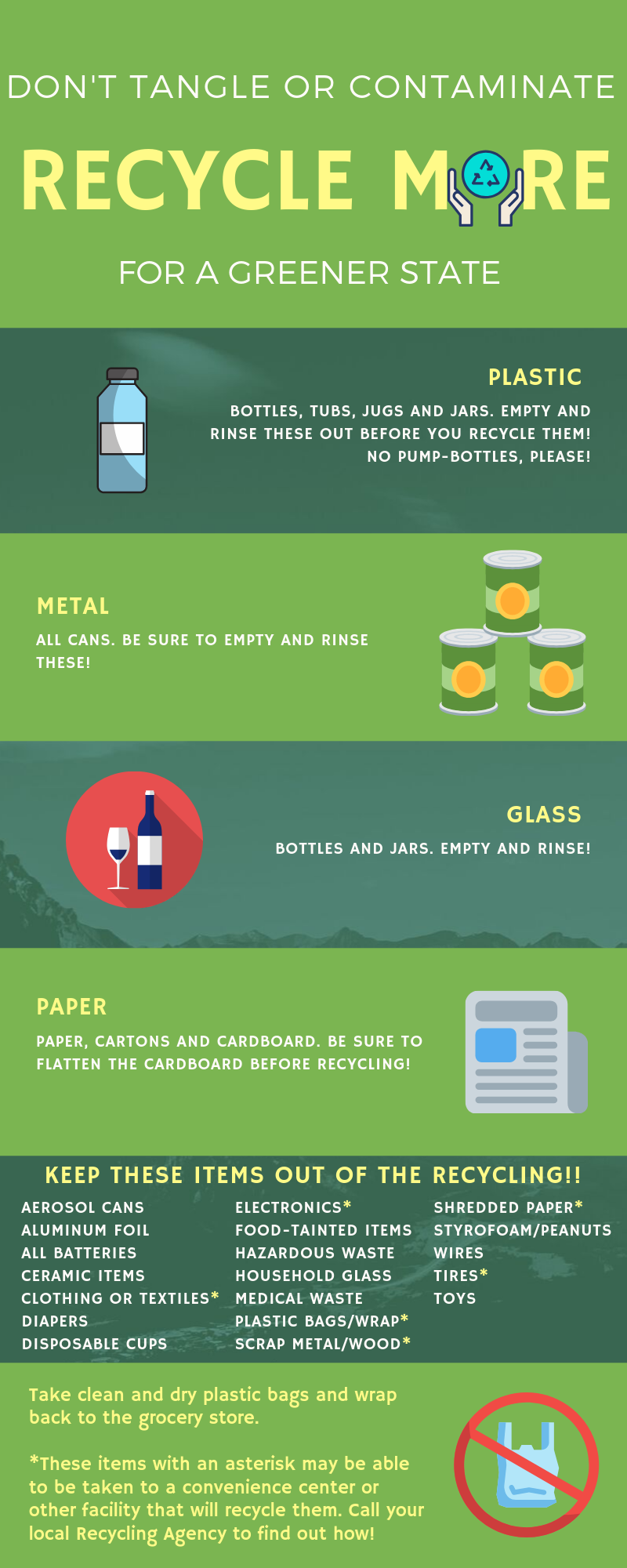Locating The Right Dumpster Size For Your Project: A Thorough Guide
Locating The Right Dumpster Size For Your Project: A Thorough Guide
Blog Article
Material Writer-Galloway Rodgers
When embarking on a task that requires a dumpster, the dimension you select can considerably affect its effectiveness and cost-effectiveness. Visualize having the best container that suits all your waste without being exceedingly huge or too tiny. All of it begins with comprehending the subtleties of your project and picking a dumpster size that aligns with your particular needs. So, before you choose, consider the factors at play to make certain a smooth waste administration process from start to finish.
Aspects to Consider
When selecting the best dumpster size, there are several crucial factors to think about.
Initially, consider the kind of waste you'll be getting rid of. Different materials may call for varying quantities of area, so recognizing what you'll be putting in the dumpster is important.
Next, evaluate the amount of waste you anticipate to create. If you ignore the volume, you might need to make multiple trips to get rid of everything, which can be troublesome and pricey. On the other hand, leasing a dumpster that's also big can result in unneeded expenditures.
In addition, consider the room where the dumpster will certainly be placed. Ensure there's enough area for the dumpster to be provided and grabbed with no blockages.
Lastly, think of any type of weight restrictions that may apply. Exceeding how much does it cost for a dumpster can cause additional charges and even the refusal of service.
Dumpster Dimension Options
For choosing the right dumpster dimension, it's vital to have a mutual understanding of the available choices. https://dumpster-dumpsters00098.blog-ezine.com/30094420/the-cost-of-renting-a-dumpster-a-comprehensive-check-out-expense-structures from 10 to 40 cubic backyards, with variations in between.
A 10-yard dumpster appropriates for tiny projects like a garage cleanout or a small remodelling. If you're tackling a medium-sized job such as a kitchen area remodel or a cellar cleanout, a 20-yard dumpster might be the right option.
For larger tasks like a whole-house remodelling or commercial building, a 30 or 40-yard dumpster could be better to suit the quantity of waste produced.
When choosing a dumpster size, think about the amount and type of particles you anticipate to take care of. It's far better to select a somewhat bigger size if you're uncertain to prevent overfilling. Remember, it's even more cost-effective to lease a dumpster that fits your demands instead of having to buy an extra one.
Matching Size to Task
Efficiently matching the dumpster size to your job is critical for effective waste monitoring. To determine the best size, think about the range and nature of your job.
For little home cleanouts or renovations, a 10-yard dumpster might be sufficient. These are commonly 12 feet long and can hold about 4 pickup lots of waste.
For bigger projects like renovating numerous spaces or removing a huge estate, a 20-yard dumpster might be more suitable. These are around 22 feet long and can hold about 8 pickup truck tons.
If you're taking on a major construction project or business restoration, a 30-yard dumpster could be the most effective fit. These dumpsters have to do with 22 feet long and can accommodate about 12 pickup truck lots of debris.
Matching the dumpster size to your task guarantees you have sufficient space for all waste products without overpaying for extra capacity.
Conclusion
To conclude, choosing the right dumpster size for your task is essential for effective waste disposal. By taking into consideration factors like the kind and amount of waste, area availability, weight restrictions, and budget constraints, you can guarantee you have the suitable size dumpster for your demands. See to it to match the dimension of the dumpster to the extent and nature of your job to stay clear of overspending on unneeded expenditures.
